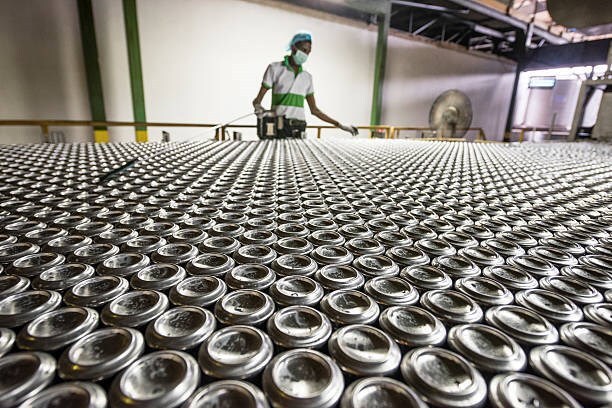

At Drinktec 2025, held to mark the 90th anniversary of the beverage can in Ball Corporation, Jag Bains, Commercial Director of Ball, spoke on the theme ‘Design for Life’, emphasising how modern lifestyles, shifting consumer habits, and rising sustainability demands are shaping the future of global beverage packaging.

Explore- Most accurate data to drive business decisions with 50+ reports across the value chain
In his speech, Bains underlined the lasting relevance of aluminium, the core material in Ball’s cans. She highlighted aluminium’s intrinsic property of infinite recyclability, which makes it central to the company’s innovation strategy.
Bains, who joined Ball six years ago after two decades in the FMCG sector, said the packaging industry is undergoing a period of rapid transition. “Wellness, sustainability, duality of spending, artificial intelligence, and personal storytelling are redefining consumer expectations,” she explained. She also added that social media platforms are being significantly instrumental in shaping perceptions of everything among Gen Z.
Founded in 1880, Ball Corporation introduced its first beverage can in 1935 and has since grown into the world’s largest producer of aluminium packaging. Spanning over 50 countries, Ball Corporation’s product range comprises a diverse portfolio covering single-use, refillable, and on-the-go beverage packaging solutions, personal care, and household applications.
The global drinks market, which is about USD 3 trillion, is already expanding across categories such as water, beer, energy drinks, and ready-to-drink cocktails. Despite market volatility, aluminium cans have never lost their popularity. Before the pandemic, demand for cans rose 3.2 per cent annually. During COVID-19, it increased even more as consumers shifted to home consumption and multipack formats.
Don't miss out- Buyers are looking for your products on our B2B platform
No doubt, aluminium cans have achieved a sustainable expansion across multiple beverage categories, growing 2.8 per cent in beer and cider, 3.9 per cent in soft drinks, and nearly 10 per cent in energy beverages over the past decade. Bains identified a consistent popularity of aluminium cans in the segment of functional and probiotic beverages, clean-label messaging, low- and no-alcohol options, protein-based wellness drinks, and premiumisation.
Aluminium’s recyclability and lightweight design remain central to Ball’s innovation model. “The can is a single-material package that can be endlessly recycled without loss of quality,” Bains noted. With full 360-degree printability and robust barrier protection, aluminium continues to stand out as one of the most efficient and enduring packaging materials available.
Ball Corporation is also expanding beyond beverages, exploring can-based cartridges for the personal care sector. “The can’s evolution from steel origins in 1935 to today’s lightweight aluminium reflects decades of adaptability,” Bains concluded. “It’s a 90-year-old icon that continues to evolve with the times.”
Must read: Key industry individuals share their thoughts on the hottest topics
Responses








